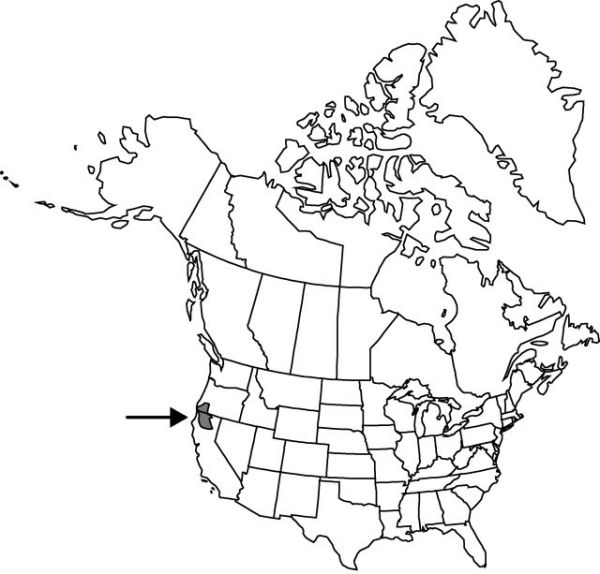Difference between revisions of "Triteleia crocea"
Bull. Calif. Acad. Sci. 2: 141. 1886.
FNA>Volume Importer |
imported>Volume Importer |
||
| Line 8: | Line 8: | ||
}} | }} | ||
|common_names=Yellow triteleia | |common_names=Yellow triteleia | ||
| + | |special_status={{Treatment/ID/Special_status | ||
| + | |code=E | ||
| + | |label=Endemic | ||
| + | }} | ||
|basionyms={{Treatment/ID/Basionym | |basionyms={{Treatment/ID/Basionym | ||
|name=Seubertia crocea | |name=Seubertia crocea | ||
| Line 80: | Line 84: | ||
|publication title=Bull. Calif. Acad. Sci. | |publication title=Bull. Calif. Acad. Sci. | ||
|publication year=1886 | |publication year=1886 | ||
| − | |special status= | + | |special status=Endemic |
| − | |source xml=https:// | + | |source xml=https://bibilujan@bitbucket.org/aafc-mbb/fna-data-curation.git/src/bb6b7e3a7de7d3b7888a1ad48c7fd8f5c722d8d6/coarse_grained_fna_xml/V26/V26_691.xml |
|genus=Triteleia | |genus=Triteleia | ||
|species=Triteleia crocea | |species=Triteleia crocea | ||
Revision as of 22:20, 27 May 2020
Leaves 9–40 cm × 2–10 mm. Scape 10–30 cm, smooth except weakly scabrous near base. Flowers: perianth bright yellow or pale blue, 12–19 mm, tube attenuate at base, 5–10 mm, lobes widely spreading, striped greenish, 5–11 mm; stamens attached alternately at 2 levels, unequal, those of proximal row very short; filaments linear or barely wider at base, 1 or 3 mm, apical appendages absent; anthers yellow or blue, 1–2 mm; ovary green, equal to or longer than stipe; pedicel 0.7–2 cm, usually shorter than perianth. 2n = 16.
Phenology: Flowering spring (May–Jun).
Habitat: Open conifer/yellow pine forests, dry slopes
Elevation: 1200–2200 m
Discussion
Plants of Triteleia crocea from the Trinity Mountains of northern California differ from others of the species in having pale blue perianths instead of yellow ones, with lobes slightly fringed toward the apex instead of entire. These plants first were assigned to a separate species, and subsequently have been transferred to this one, where clearly they belong. Formal recognition at subspecific rank may prove desirable in future.
Selected References
None.
